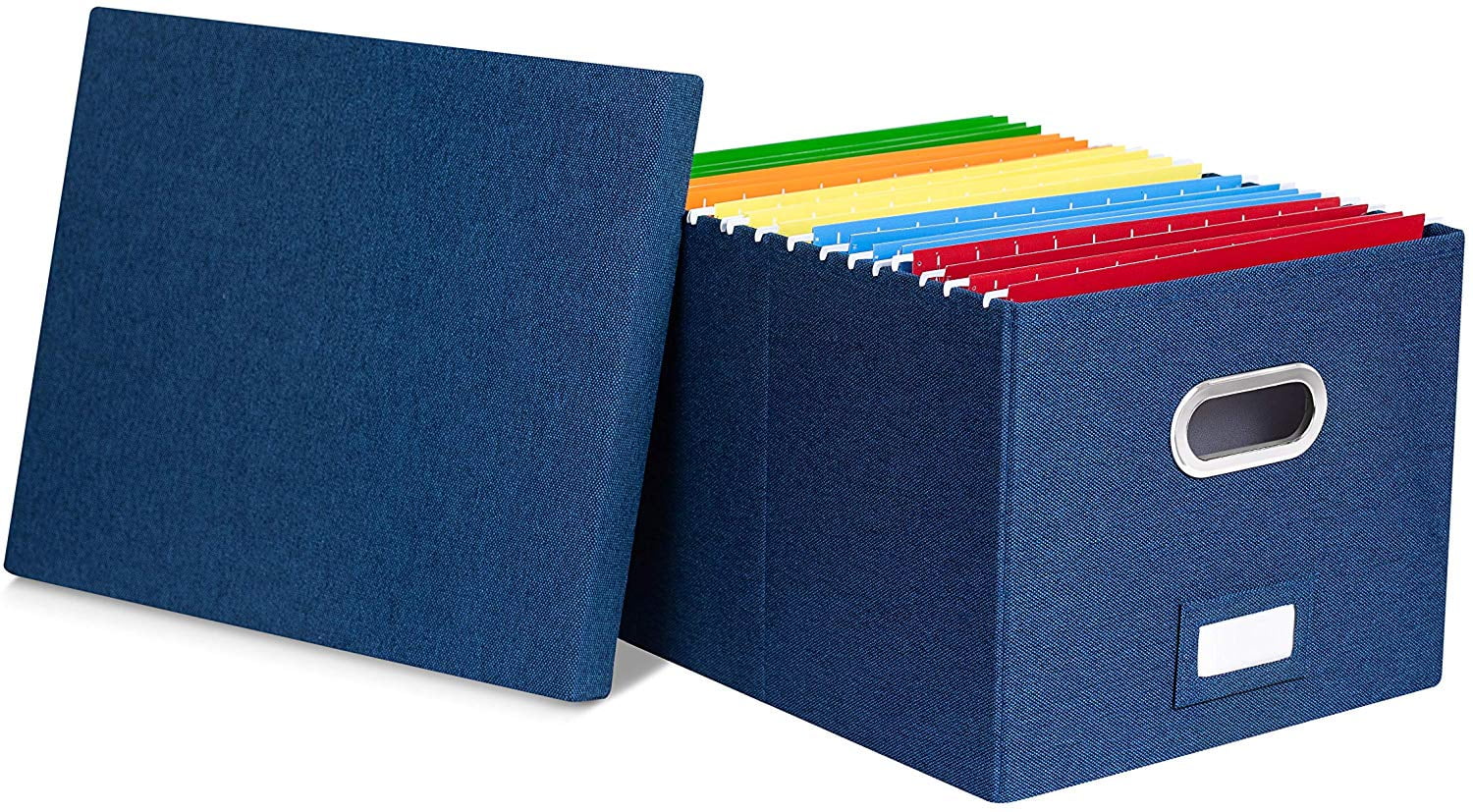
#FILE STORAGE CONTAINERS DOWNLOAD#
Double-click the blob storage account to open a window showing a list of blobs and providing functionality to upload or download blobs.Navigate to the blob storage account that you want to use.You can also use Server Manager in Visual Studio 2013 to view the contents of your blob containers and upload or download files. When you browse to the blob URL, the file is downloaded and displayed in the browser according to its content type. You can also navigate to the container using the existing management portal or the Preview portal to view the list of blobs. Many storage browsing tools provide a way to view the contents of your blob containers. The URL to your blob content takes this format: You can anonymously read blob storage content directly using a browser if public access to blobs is enabled. Press Enter to issue the command to transfer the file.In the command window, type a command that looks like this: AzCopy /Source:c:\test /Dest: /DestKey:key /Pattern:*.txt.

Create a text file in a folder that is easy to get to.Open a command prompt and navigate to C:\Program Files (x86)\Microsoft SDKs\Azure\AzCopy.To upload a blob using AzCopy, complete the following steps: Using the Storage Client Library, which wraps the Storage API into a language and platform-specific library ( ).Directly using the Storage API and writing HTTP requests.Using the AzCopy tool provided by Microsoft ( ).You can upload files to blob storage using many approaches, including the following: On the Containers blade, click Add on the command bar.Įnter a name for the container, and select Blob for the access type, as shown in Figure 4-4.Select your storage account from the list on the Storage blade.Select Storage from the Filter By drop-down list.Navigate to the management portal accessed via.

To create a container in the Preview portal, complete the following steps:
#FILE STORAGE CONTAINERS WINDOWS#
This setting can be changed at any time through the management portal, by using Windows PowerShell, or by configuring it programmatically.

Objective 4.1: Implement Azure Storage blobs and Azure filesĪzure blob storage is the place to store unstructured data of many varieties. Objective 4.3: Implement Azure Storage queues.Objective 4.2: Implement Azure Storage tables.Objective 4.1: Implement Azure Storage blobs and Azure files.

In fact, the REST API is what supports all other options. NET Framework, and using the Storage Services REST API. There are many ways to interact with and develop against Azure Storage including the management portal, using Windows PowerShell, using client libraries such as those for the.


 0 kommentar(er)
0 kommentar(er)
